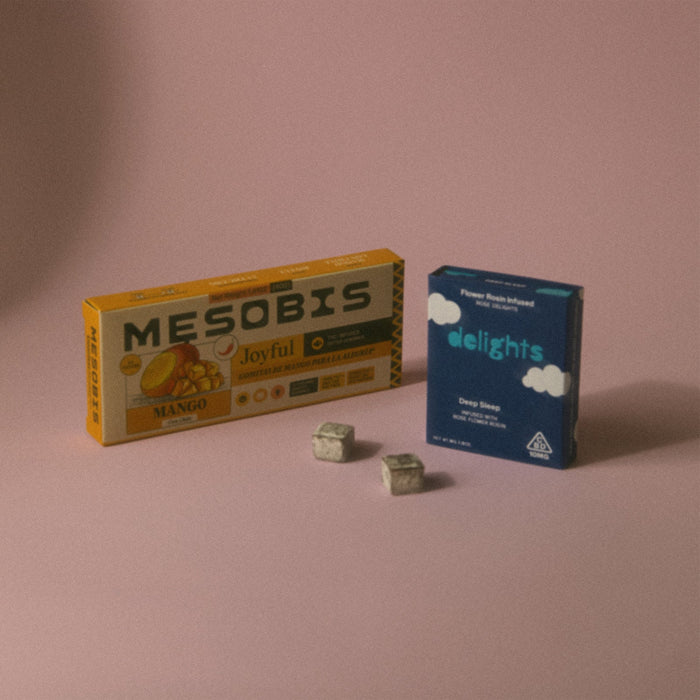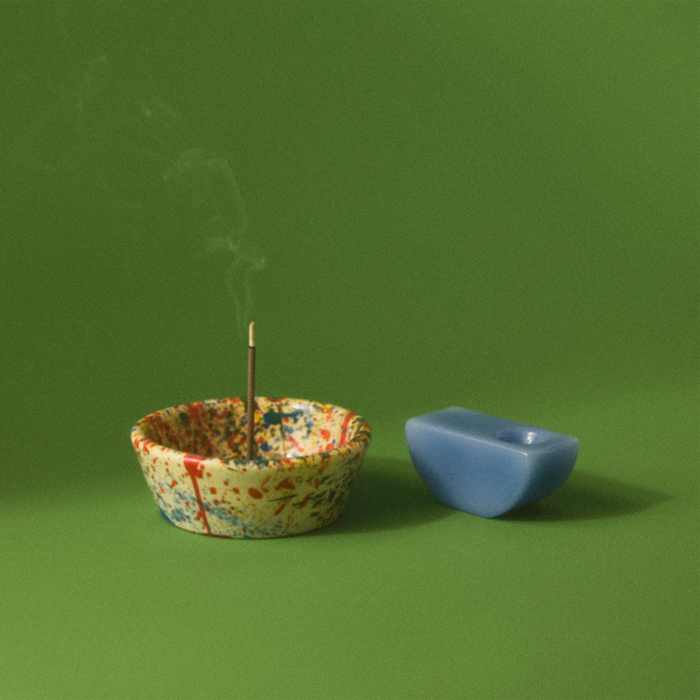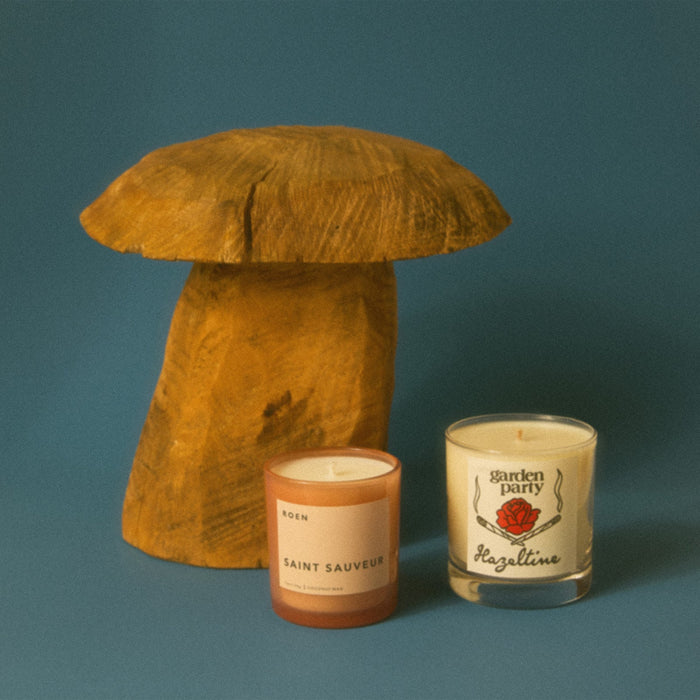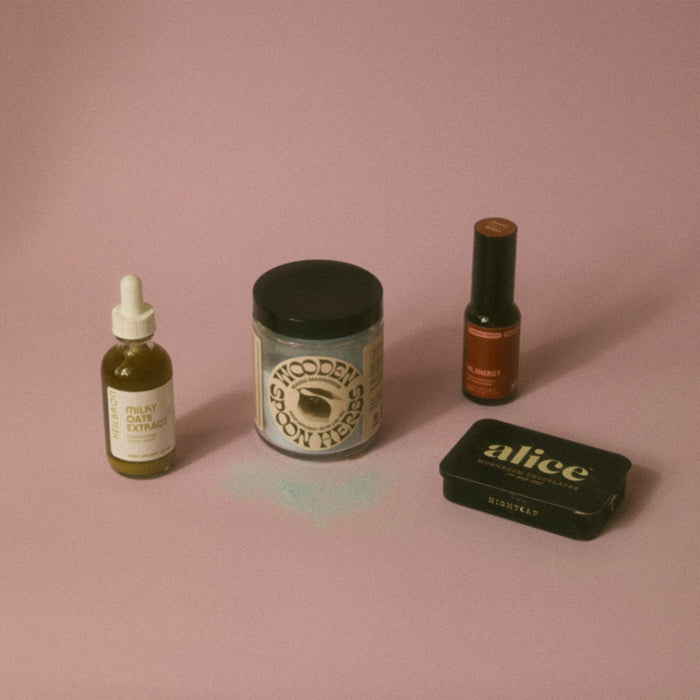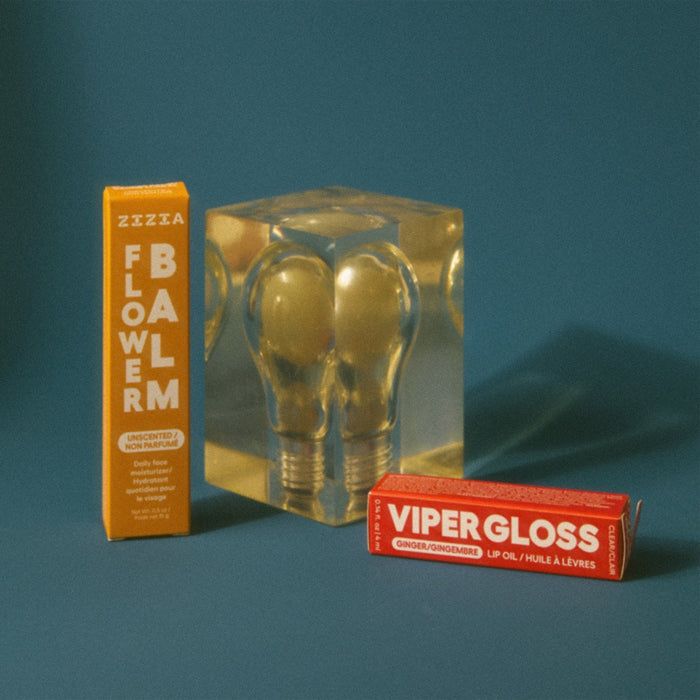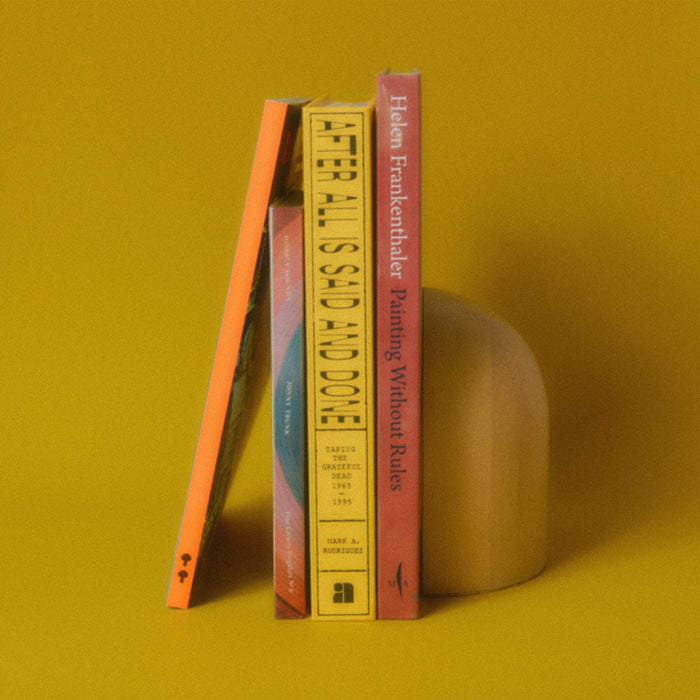-

-
 Greer Lankton: Could It Be Love
Greer Lankton: Could It Be LoveGreer Lankton: Could It Be Love
Artbook
Regular price $50Unit price per -
 Nan Goldin: This Will Not End Well
Nan Goldin: This Will Not End WellNan Goldin: This Will Not End Well
Artbook
Regular price $50Unit price per -
 I Hear Music In The Streets NY 1969-1989
I Hear Music In The Streets NY 1969-1989I Hear Music In The Streets NY 1969-1989
Artbook
Regular price $60Unit price per -

-
 With a Bird: A Reader on Avian Kinship
With a Bird: A Reader on Avian KinshipWith a Bird: A Reader on Avian Kinship
Artbook
Regular price $25Unit price per -
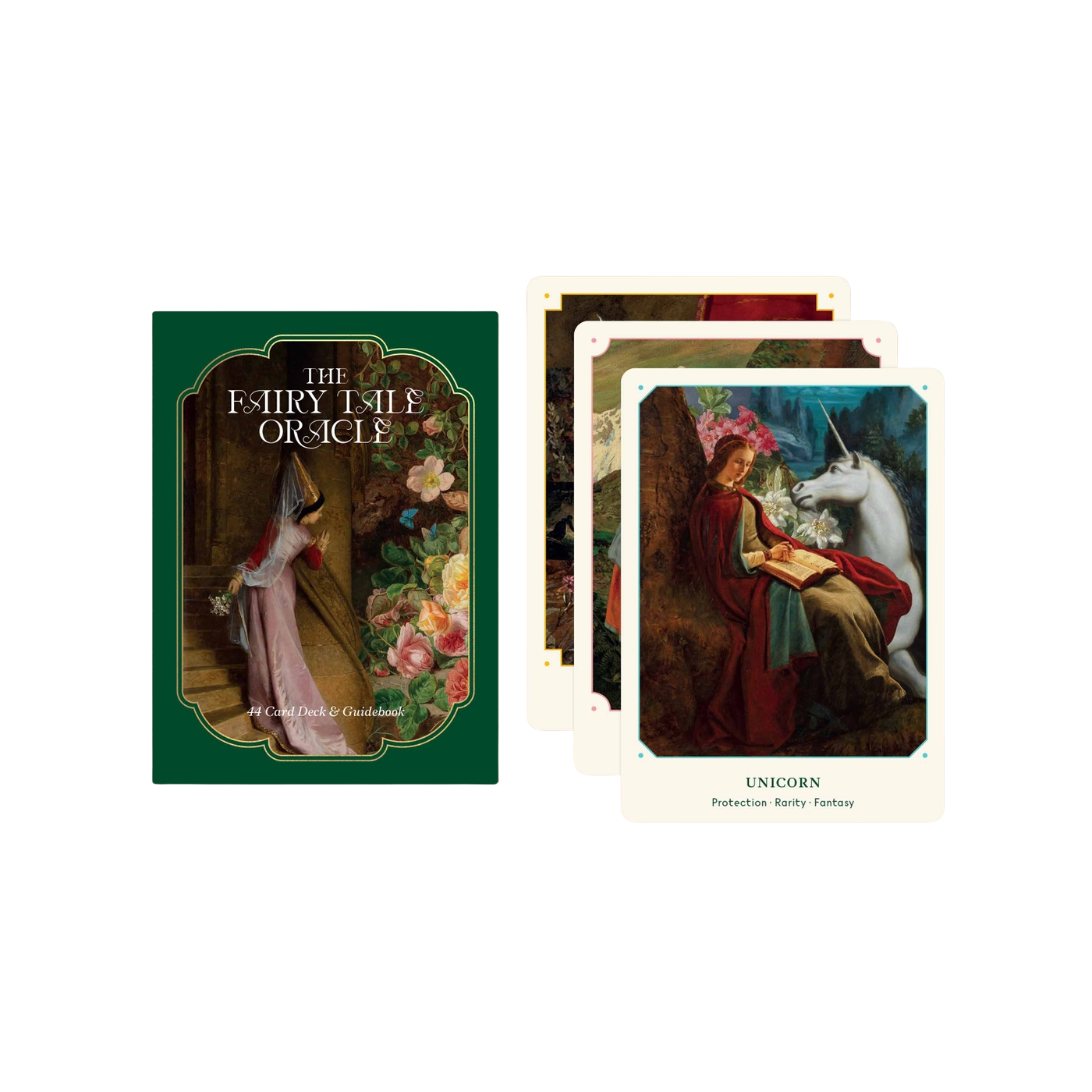
-
 Alice Coltrane, Monument Eternal
Alice Coltrane, Monument EternalAlice Coltrane, Monument Eternal
Artbook
Regular price $60Unit price per -
 Fracture: Japanese Graphic Design 1875-1975
Fracture: Japanese Graphic Design 1875-1975Fracture: Japanese Graphic Design 1875-1975
Artbook
Regular price $38Unit price per -
-
 Sophie Taeuber-Arp: Living Abstraction
Sophie Taeuber-Arp: Living AbstractionSophie Taeuber-Arp: Living Abstraction
Artbook
Regular price $75Unit price per -
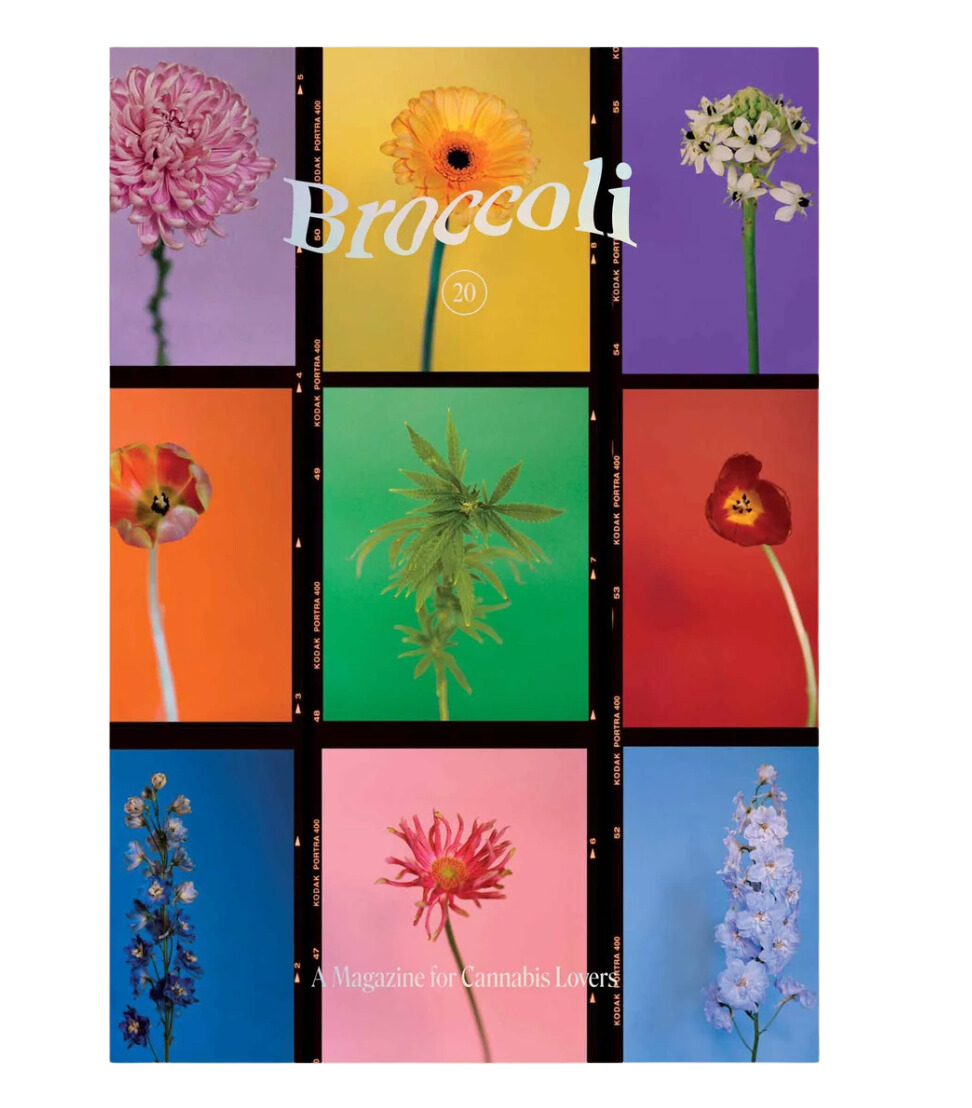
-
 Emma Kohlmann Watercolors
Emma Kohlmann WatercolorsEmma Kohlmann Watercolors
Anthology Editions
Regular price $60Unit price per -
 Brian Blomerth's Lilly Wave
Brian Blomerth's Lilly WaveBrian Blomerth's Lilly Wave
Anthology Editions
Regular price $35Unit price per -
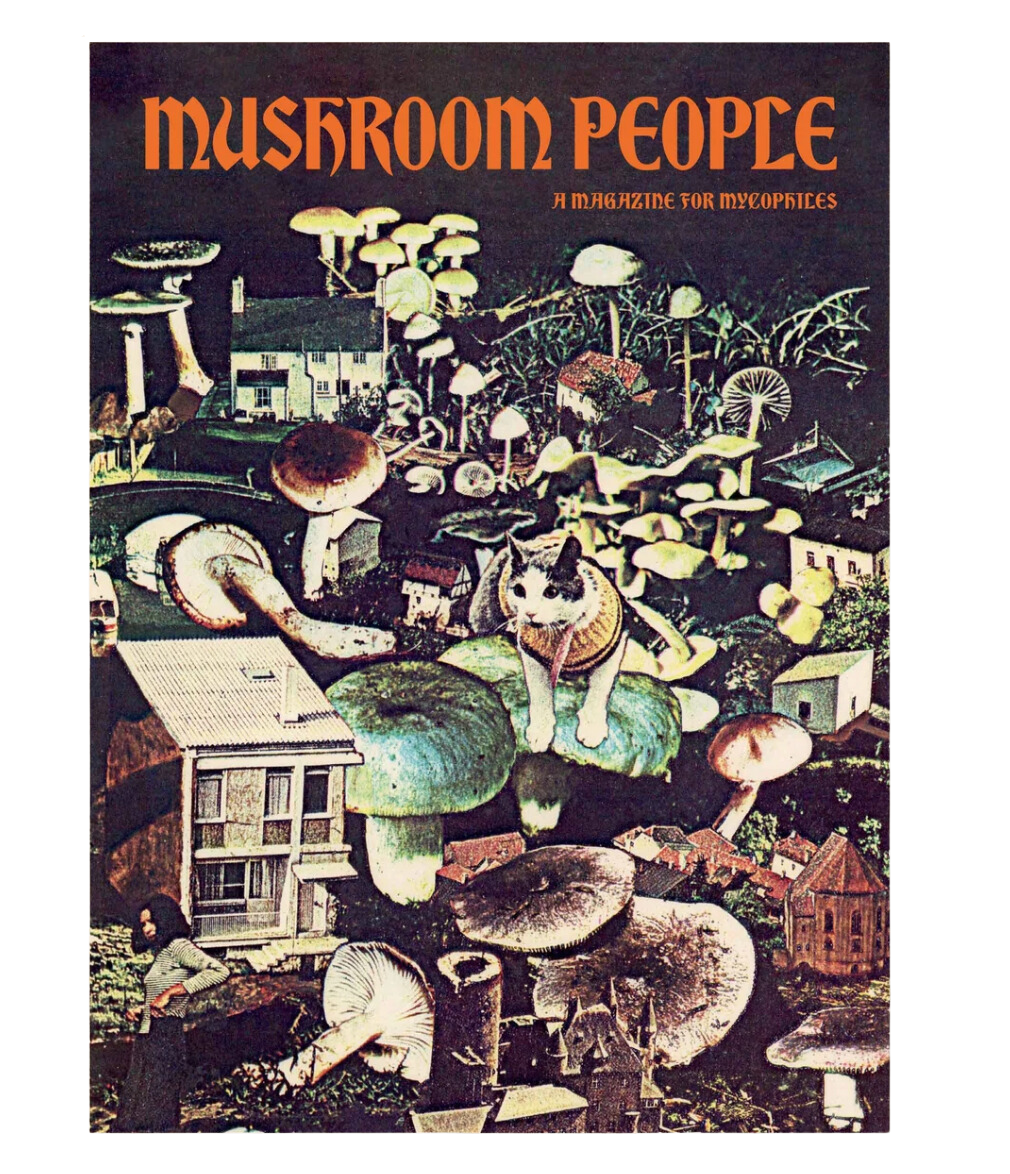
-
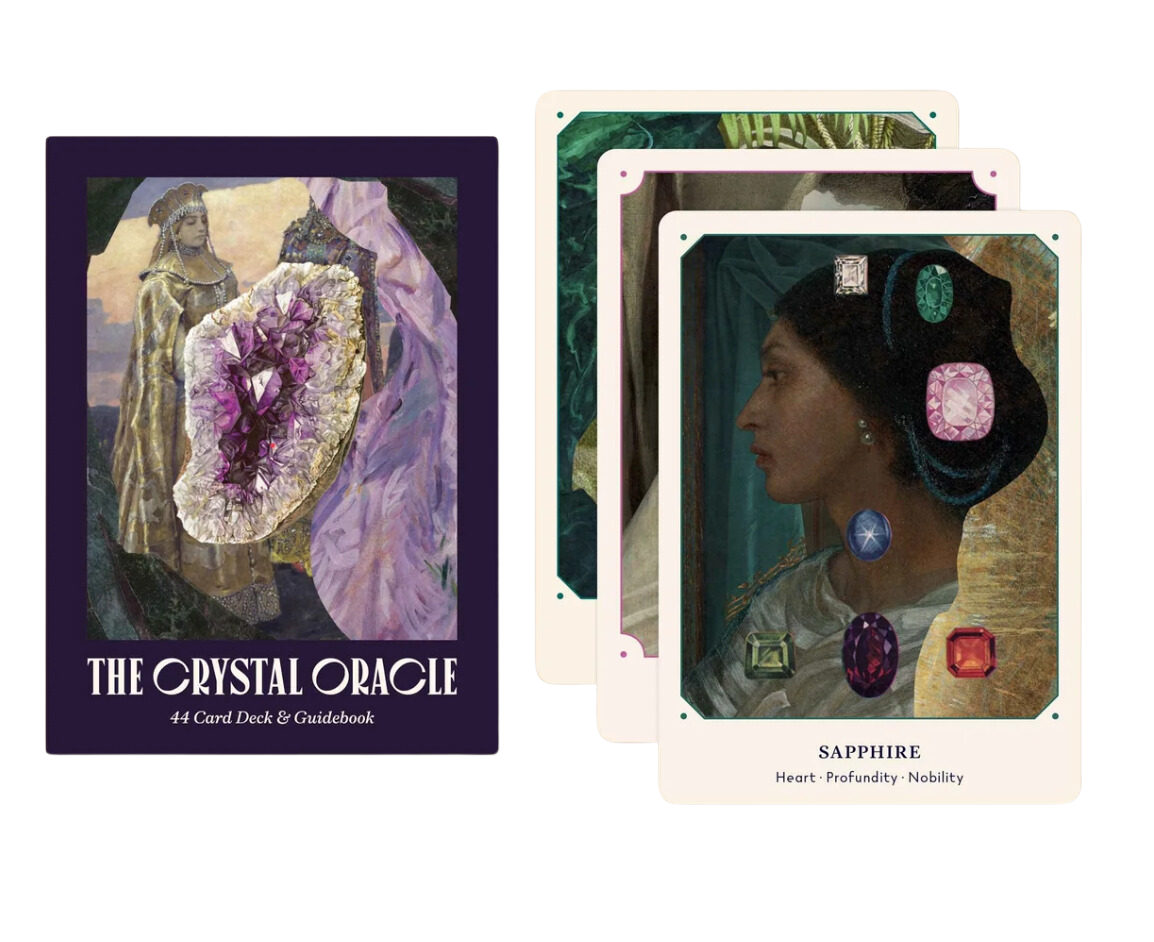
-

-
-
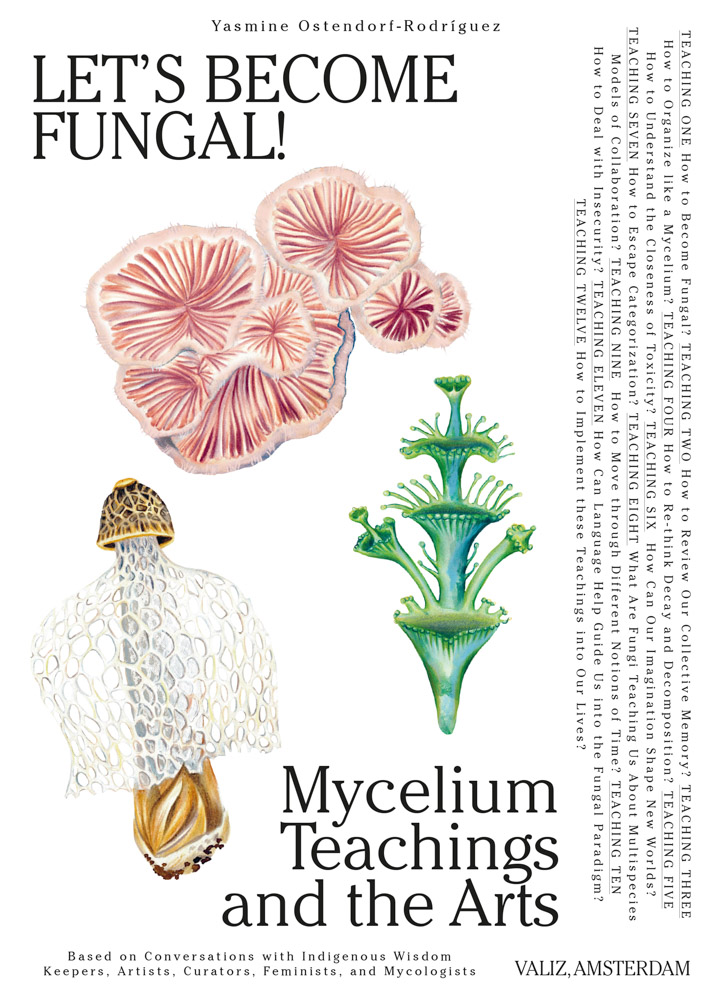 Let's Become Fungal! Mycelial Teachings and the Arts
Let's Become Fungal! Mycelial Teachings and the ArtsLet's Become Fungal! Mycelial Teachings and the Arts
Artbook
Regular price $30Unit price per -
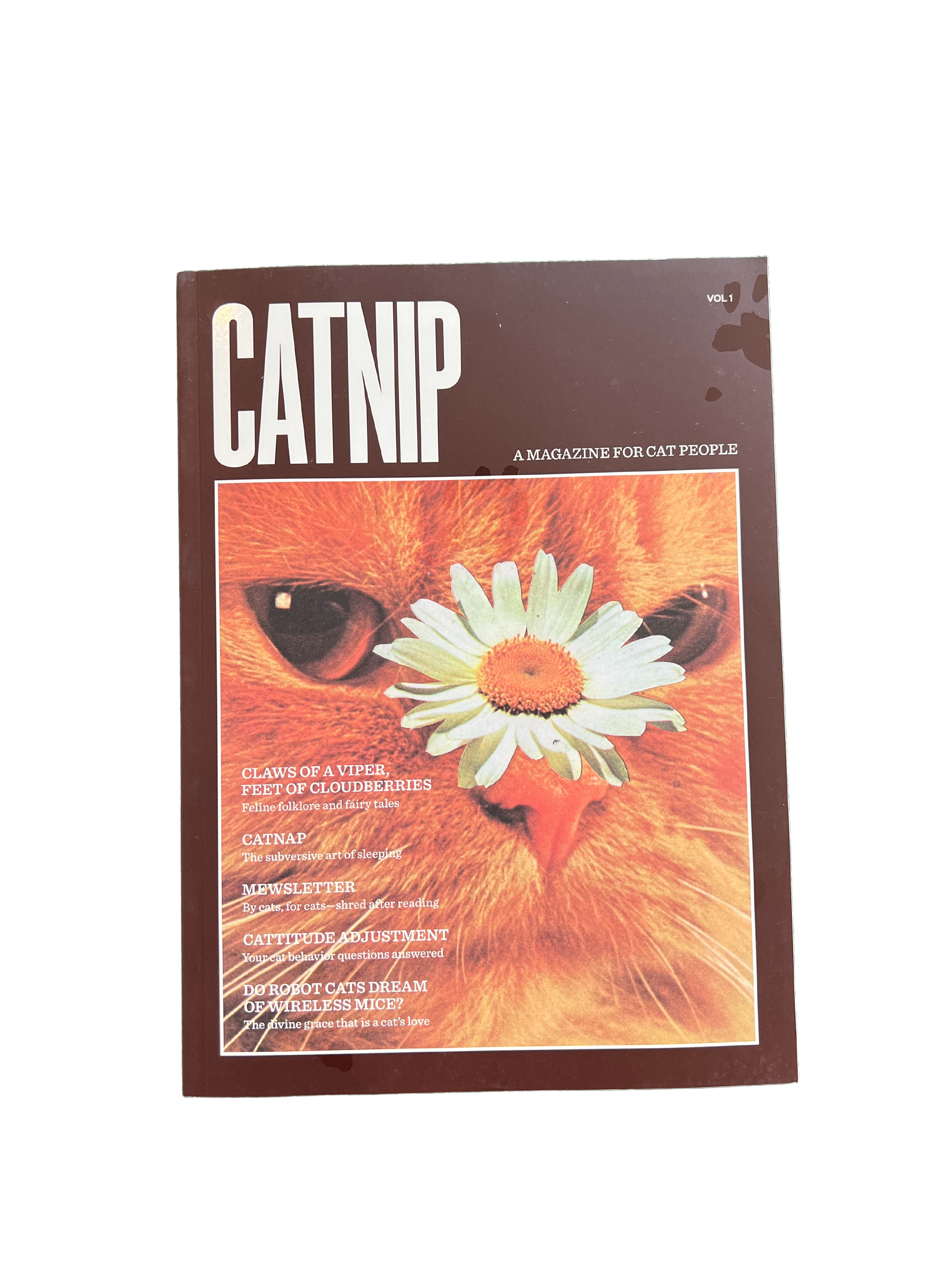
-
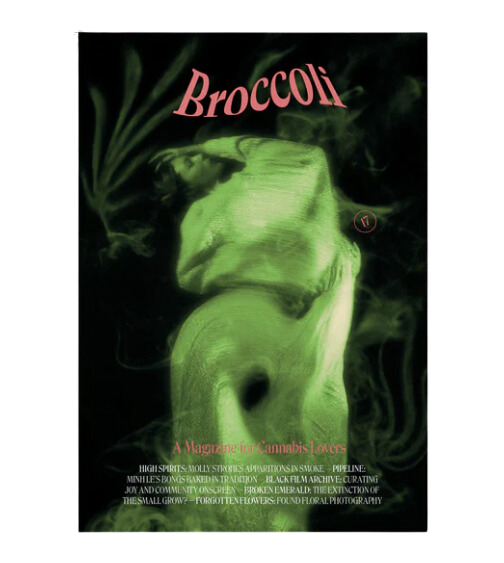 Broccoli Magazine Issue 17
Broccoli Magazine Issue 17Broccoli Magazine Issue 17
Broccoli
Regular priceUnit price per$15Sale price $9 -

-
 The Mushroom Oracle Card Deck & Guidebook
The Mushroom Oracle Card Deck & GuidebookThe Mushroom Oracle Card Deck & Guidebook
Broccoli
Regular price $44Unit price per -
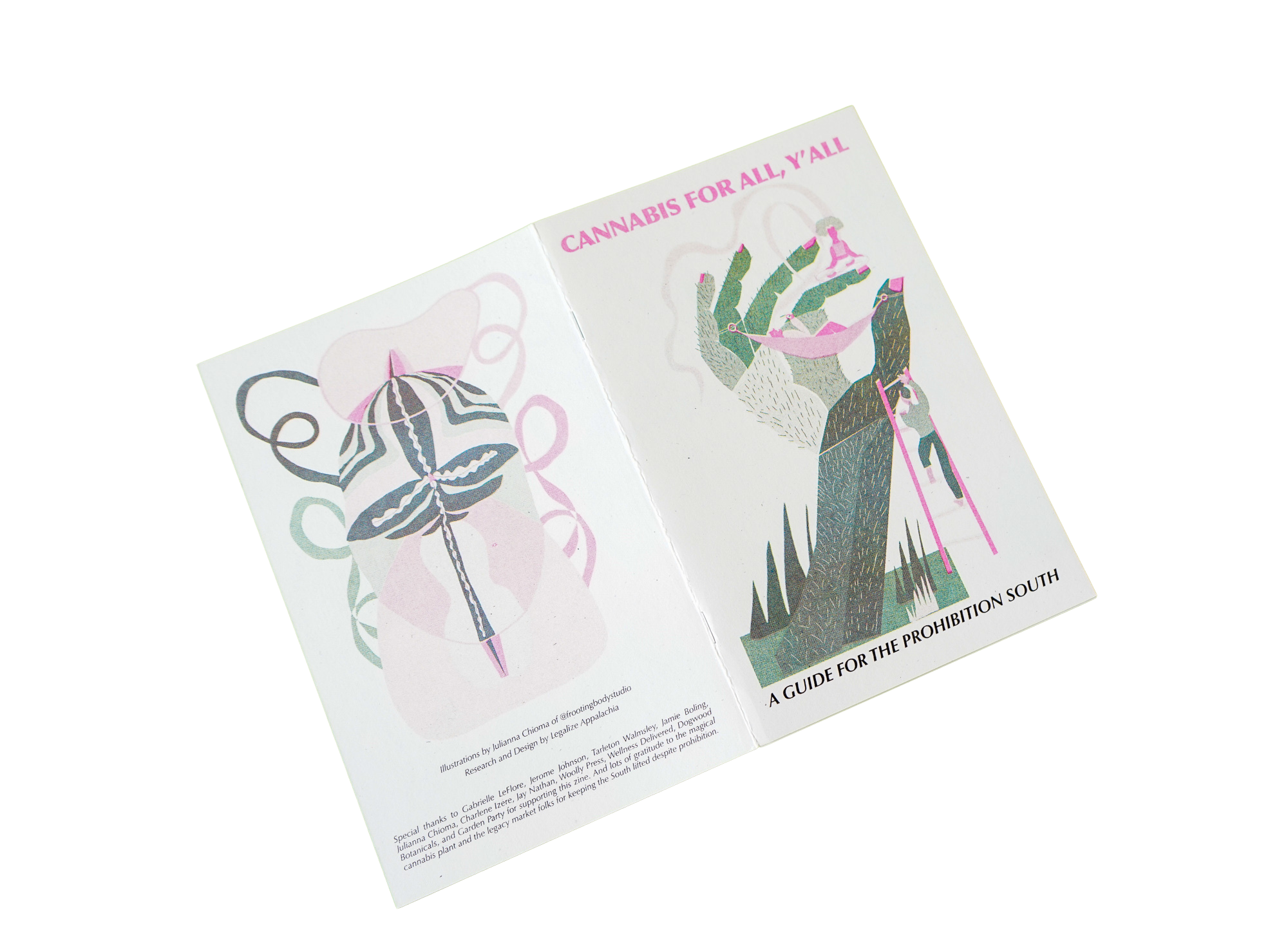 Cannabis for All, Y'all: A Guide for the Prohibition South
Cannabis for All, Y'all: A Guide for the Prohibition SouthCannabis for All, Y'all: A Guide for the Prohibition South
Legalize Appalachia
Regular price $14Unit price per

